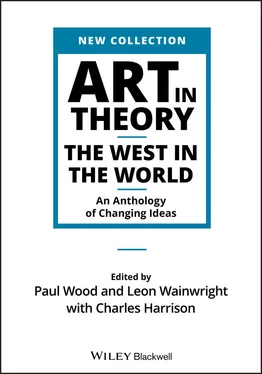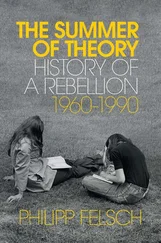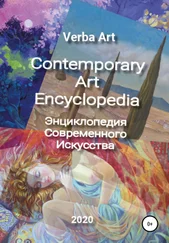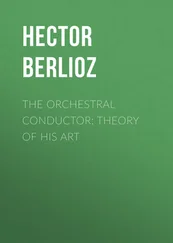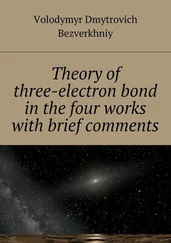In 1520–1, Dürer made a journey to the Netherlands to secure a pension from the new Hapsburg emperor Charles V, who was due to be crowned in Aachen in October 1520. Charles was also King of Spain, and as shown in IB3, the Spanish conquistadors in the New World sent back gifts to the Spanish Crown. Some of these were on display in Brussels in connection with Charles’s coronation. Dürer saw them on 27 August 1520. The resulting account has tended to be read by art historians in terms of the Western sense of a creative artist of genius transcending his cultural limitations and intuiting the timeless aesthetic value of art whatever its origin. Modern historians have, however, demythologized this account. Understood in their revised terms, it appears less as an exceptional piece of cross‐cultural sympathy on the part of a great artist than a relatively conventional expression of ‘wonder’ at ‘curiosities’ about which little was really understood. Dürer’s inability to find words to describe what he saw has been related to the point that other observers who encountered the South American objects in Spain, including Bernal Díaz, Bartolomé de Las Casas, Petrus Martyr and the Venetian ambassador, although seeing substantially the same things, gave divergent accounts of what it was they thought they saw. It is less that Dürer was rendered speechless by his aesthetic sensibility than that an adequate language to account for what was being seen did not exist. In effect, Dürer was not transcending the limitations of his age, so much as speaking from within a specific cultural framework. Nonetheless, bearing these cautions in mind, the short text remains a remarkable and rare instance of a major European artist seeing at first hand, and commenting upon, artefacts from a hitherto unknown world. There are several translations of Dürer’s original German text, some more literal, others partially modernized. We have used the widely available version included in The Writings of Albrecht Dürer , translated and edited by William Martin Conway, London: Peter Owen Limited, 1958, pp. 101–2.
I saw the things which have been brought to the King from the new land of gold (Mexico), a sun all of gold a whole fathom broad, and a moon all of silver of the same size, also two rooms full of the armour of the people there, and all manner of wondrous weapons of theirs, harness and darts, very strange clothing, beds, and all kinds of wonderful objects of human use, much better worth seeing than prodigies. These things were all so precious that they are valued at 100,000 florins. All the days of my life I have seen nothing that rejoiced my heart so much as these things, for I saw amongst them wonderful works of art, and I marvelled at the subtle Ingenia of men in foreign lands. Indeed I cannot express all that I thought there.
IC3 Thomas Platter (1574–1628) On Mr Cope’s cabinet of curiosities
Thomas Platter the Younger, son of an eminent Swiss humanist scholar, was a physician and traveller, born in Basel. He travelled to London in 1599 and wrote an account of his journey. He reckoned London the largest and most prosperous city in Christendom and wrote admiringly of its many sights, one of which brought his account to the notice of posterity. On 21 September 1599 he saw a performance of Shakespeare’s Julius Caesar at the Globe Theatre, giving a rare account of the actual experience of Tudor theatre‐going. He also saw the collection of curiosities assembled by Sir Walter Cope, a government official and antiquarian who had travelled to ‘the Indies’. (For a later, and more extensive example, cf. IC11.) The present extract from Platter’s account is taken from Thomas Platter’s Travels in England 1599 rendered into English from the German, and with introductory matter by Clare Williams , London: Jonathan Cape, 1937, pp. 170–3. (The location of ‘Snecgas’ remains unidentified.)
In the ale‐houses tobacco or a species of wound‐wort are also obtainable for one’s money, and the powder is lit in a small pipe, the smoke sucked into the mouth, and the saliva is allowed to run freely, after which a good draught of Spanish wine follows. This they regard as a curious medicine for defluctions, and as a pleasure, and the habit is so common with them, that they always carry the instruments on them, and light up on all occasions, at the play, in the taverns or elsewhere, drinking as well as smoking together, as we sit over wine, and it makes them riotous and merry. […] And they first learned of this medicine from the Indians, as Mr Cope a citizen of London who has spent much time in the Indies, informed me; I visited his collection with Herr Lobelius, a London physician, and saw the following objects.
This same Mr Cope inhabits a fine house in the Snecgas; he led us into an apartment, stuffed with queer foreign objects in every corner, and amongst other things I saw there, the following seemed of interest.
1 An African charm made of teeth.
2 Many weapons, arrows and other things made of fishbone.
3 Beautiful Indian plumes, ornaments and clothes from China.
4 A handsome cap made out of goosefoots from China.
5 A curious Javanese costume.
6 A felt cloak from Arabia.
7 Shoes from many strange lands.
8 An Indian stone axe, like a thunder‐bolt.
9 Beautiful coats from Arabia.
10 A string instrument with but one string.
11 Another string instrument from Arabia.
12 The horn and tail of a rhinoceros, is a large animal like an elephant.
13 A fan made out of a single leaf.
14 Curious wooden and stone swords.
15 The twisted horn of a bull seal.
16 A round horn which had grown on an English woman’s forehead.
17 An embalmed child (Mumia).
18 Leathern weapons.
19 The bauble and bells of Henry VIII’s fool.
20 A unicorn’s tail.
21 Inscribed paper made of bark.
22 Indian stone shears.
23 A thunder‐bolt dug out of a mast which was hit at sea during a storm; resembles the Judas stone.
24 A stone against spleen disorders.
25 Artful little Chinese box.
26 Earthen pitchers from China.
27 Flying rhinoceros.
28 (Caterpillar) Hairy worm, sidopendra.
29 Flies which glow at night in Virginia instead of lights, since there is often no day there for over a month.
30 A small bone implement used in India for scratching oneself.
31 The Queen of England’s seal.
32 Turkish Emperor’s golden seal.
33 Porcelain from China.
34 Falcon’s head made of fine feathers.
35 Many holy relics from a Spanish ship which he helped to capture.
36 A Madonna made of Indian feathers.
37 A Turkish pitcher and dishes.
38 An Indian chain made of monkey teeth.
39 A sea‐halcyon’s nest, sign of a calm sea.
40 A pelican’s beak, the Egyptian bird that kills its young, and afterward tears open its breast and bathes them in its own blood, until they have come to life.
41 A mirror which both reflects and multiplies objects.
42 Crowns made of claws (ungulis).
43 Heathen idols.
44 Saddles from many strange lands; they were placed round the top on stands.
45 Two beautifully dyed Indian sheepskins with silken sheen.
46 Remora. A little fish which holds up or hinders boats from sailing when it touches them, likewise another species called ‘torpedo’ which petrifies and numbs the crews’ hands if it so much as touches the oars.
47 A sea mouse (mus marinus).
48 Numerous bone instruments.
49 Reed pipes like those played by Pan.
50 A long narrow Indian canoe, with the oars and sliding planks, hung from the ceiling of this room.
He possessed besides many old heathen coins, fine pictures, all kinds of corals and sea‐plants in abundance. There are also other people in London interested in curios, but this gentleman is superior to them all for strange objects, because of the Indian voyage he carried out with such zeal.
Читать дальше
